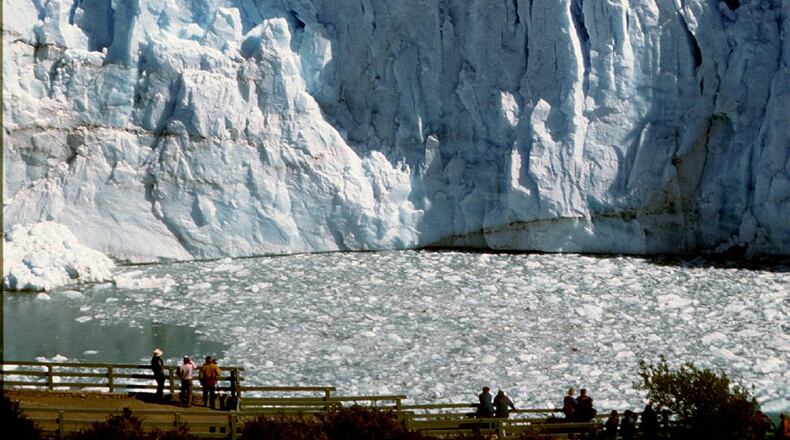>> 8 cool things you didn't know about Dayton geology
This system will produce the first-ever type of data in the United States which will help Haritashya and his team possibly see below a thin layer of sediment on the surface of a glacier.
“Through this work, we will be able to test the sensor’s capability to penetrate through the surface of the glacier and characterize glacial movement, map the size of debris on glaciers and study melting patterns,” said Haritashya, who since 2012 has received nearly $3 million in NASA research funding to study glacial lakes and landslides in the Himalaya and Karakoram mountains of southeast Asia.
The project was one of 11 selected by NASA, others include landslides, oil spills, and other earth and environmental aspects.
NASA’s goal is to study ‘hazards and global change’, through Haritashya’s work scientists can use the ASAR data that will be collected through a NISAR satellite.
NASA and the Indian Space Research Organization are preparing to launch this satellite, which was created to get an “unprecedented, detailed view of Earth” using advanced radar imaging.
“This synthetic aperture radar data is a lot more complex than what I’ve used in the past. In many ways, it’s the future of satellite remote sensing for improved detection, characterization and understanding of Earth processes,” Haritashya said.
About the Author
